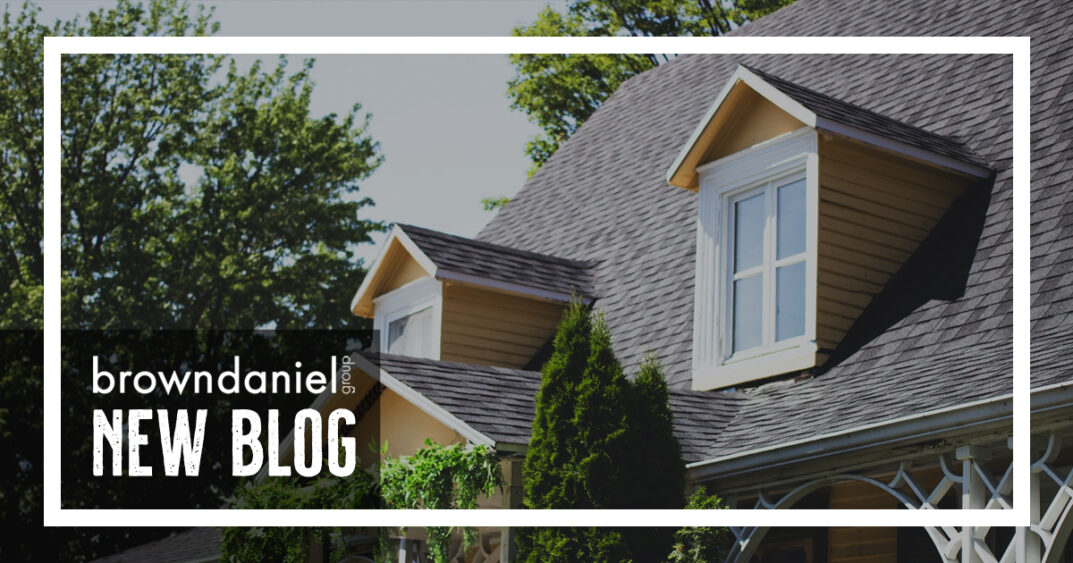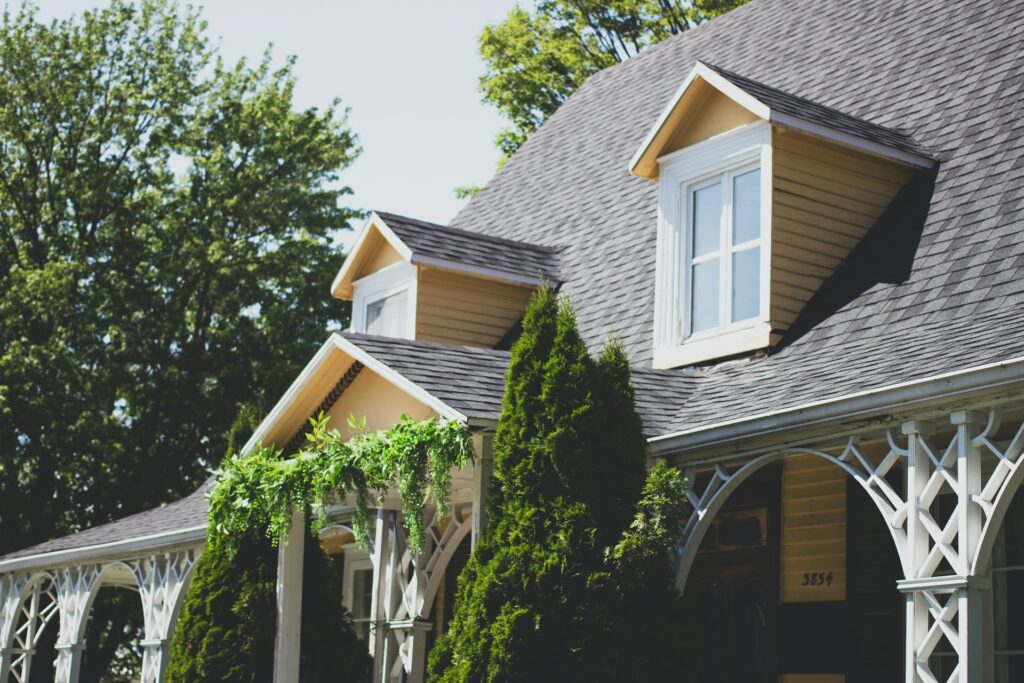
Shopping for a new home has become a competitive sport lately, and while it is true that supply is down while demand is raging on, there are still plenty of homes hitting the market each day in the metro Atlanta area. If you are in the market for a new place to live, you likely already have a list of must have features, things you simply cannot live without. You may also have a few “nice to haves” characteristics that you can live without if necessary. But do you have your heart set on the specific age you are looking for when it comes to your new home?
Many people scouring the for sale listings are definitely set on a newly constructed home with all the modern conveniences and current design trends. On the other hand, there are also many people who are hoping to find just the right deal on a mid-century bungalow or renovated 1920s farmhouse. When shopping for a home, most buyers have already made up their mind about the relative age of the home they are looking for. They either want a new home, often custom built to their own specifications, or they want an older home in an established neighborhood, with character and history. In this sellers market, in order to find a good fit for your family, you may need to reconsider the age of home you are looking for.
The Neighborhood
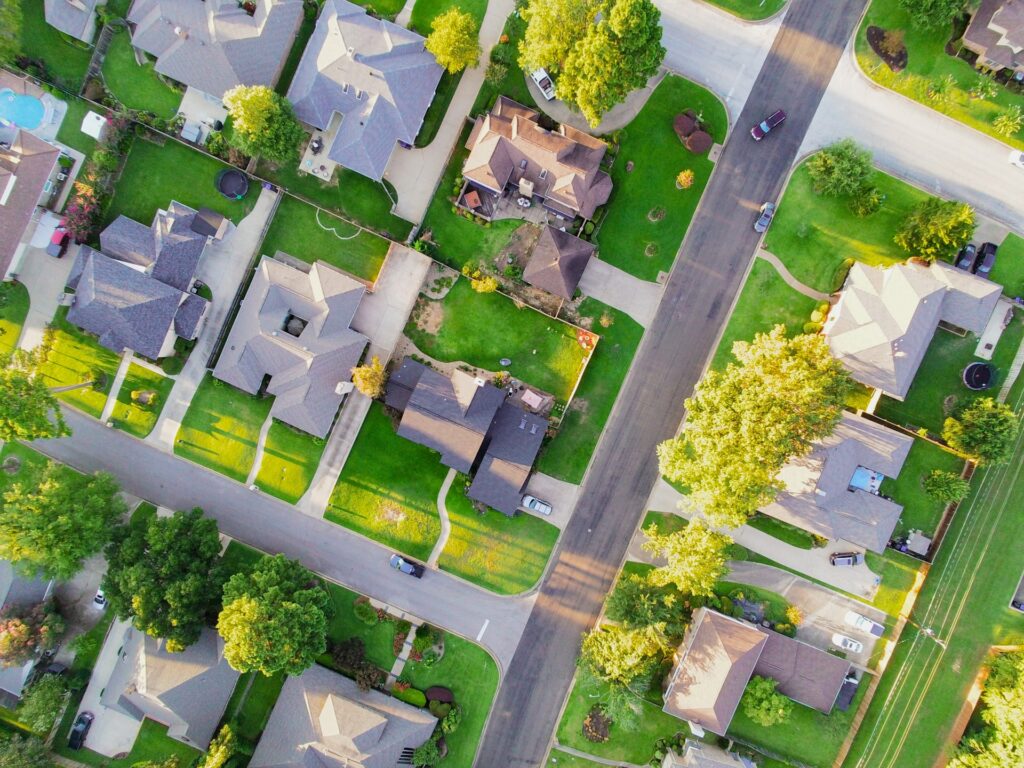
When it comes to deciding how old of a home you want, one of the biggest factors in the choice for most buyers isn’t even the house itself, but rather the surrounding neighborhood in which the home is located. Unless you are having a home custom built on your land, new homes most often appear in newly developed communities. This means newer homes are often much easier to find, and even with supply chain issues and skyrocketing prices of raw materials, you will still find more newer homes than older homes on the market.
Older neighborhoods are a favorite for buyers looking to recreate the look and feel of their own childhoods, or even the homes they visited of grandparents and older family members. Set on tree-lined streets and expansive, grassy lots, older homes make up the majority of the available housing options in older neighborhoods, though the occasional new build does slip in if an unused lot is sold and developed. Houses in these communities don’t usually have a streamlined design – you’ll see many different architectural styles, with ranches and Cape Cods mixed in with split-levels and Craftsman bungalows. Some people see disadvantages to older neighborhoods though – it can be hard to integrate into a well established neighborhood and become friendly with people who have already known each other for decades, and many of these communities do not have the amenities found in modern HOA communities.
New developments on the other hand were made to beckon to young families, with their wider streets and quiet cul-de-sacs. Design styles are relatively uniform with only minor color and elevation changes from home to home. Many of these neighborhoods have preserved green spaces for playgrounds and off leash dog areas, tennis courts, swimming pools and even nature trails. Organized through the HOA or independently by residents, these communities often have clubs and events for senior residents, children and stay-at-home-parents. Since everyone is somewhat “new to the area” in a new development, it may be easier to jump into the mix and make new friends.
Layout
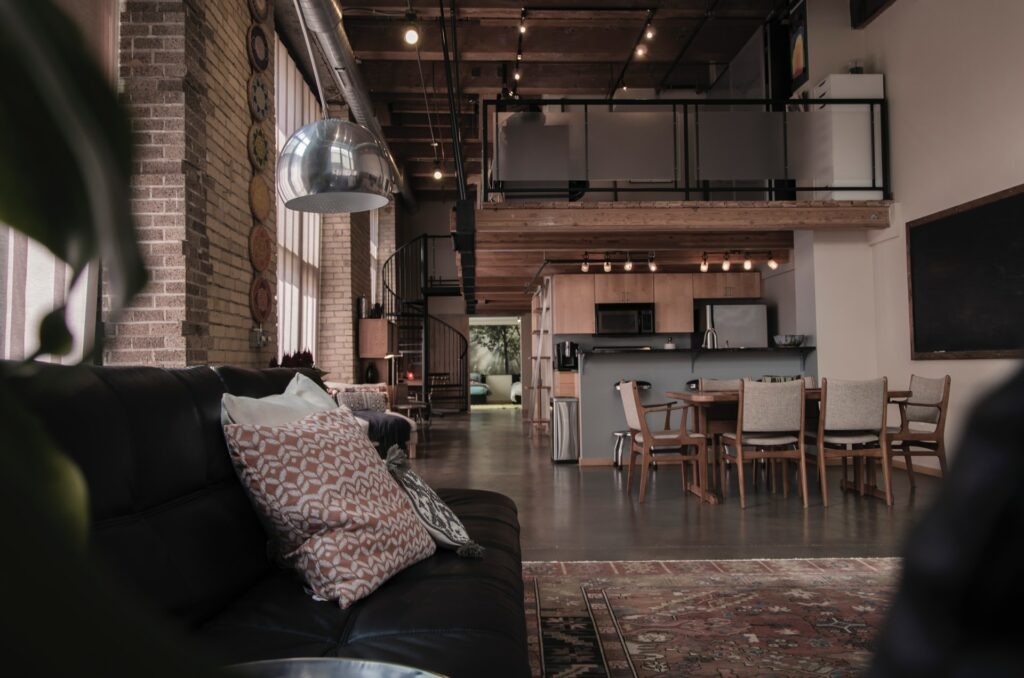
The way we want our rooms arranged has changed a lot over the last century. Do you want an open floor plan where the common rooms flow into each other? Do you need a dedicated home office for when you work remote or for the small business you dream of starting? And don’t forget closets! Are spacious walk-in closets an absolute must for you? If you answered yes to these questions, you can remove many of those older homes from your house search. Unless they have been extensively remodeled, most older homes simply do not have these features, because priorities and home needs have changed a lot over the past several decades. In older homes, closets and garages tend to be smaller and there is often much less space dedicated to storage. The family room, dining room and kitchen will most likely be located near each other on the main floor, but with full walls separating the rooms, so you won’t be able to join in the family fun while cooking. However, some people love the solitude of separate rooms, allowing some family members to watch the big game while not disturbing the homework, reading and cooking going on throughout the main floor.
If you find an older home at the right price and in the right location, you may still be able to open the flow up a bit, as many older homes can be remodeled to have somewhat more of an open layout. Walls that are not weight bearing might be able to be removed. Walls that are necessary for the structural integrity of the home can sometimes be modified to appear more like load bearing columns, or it may be possible for a pass through or opening to be inserted between a kitchen and dining room to open things up between the two.
Current Condition and Upkeep
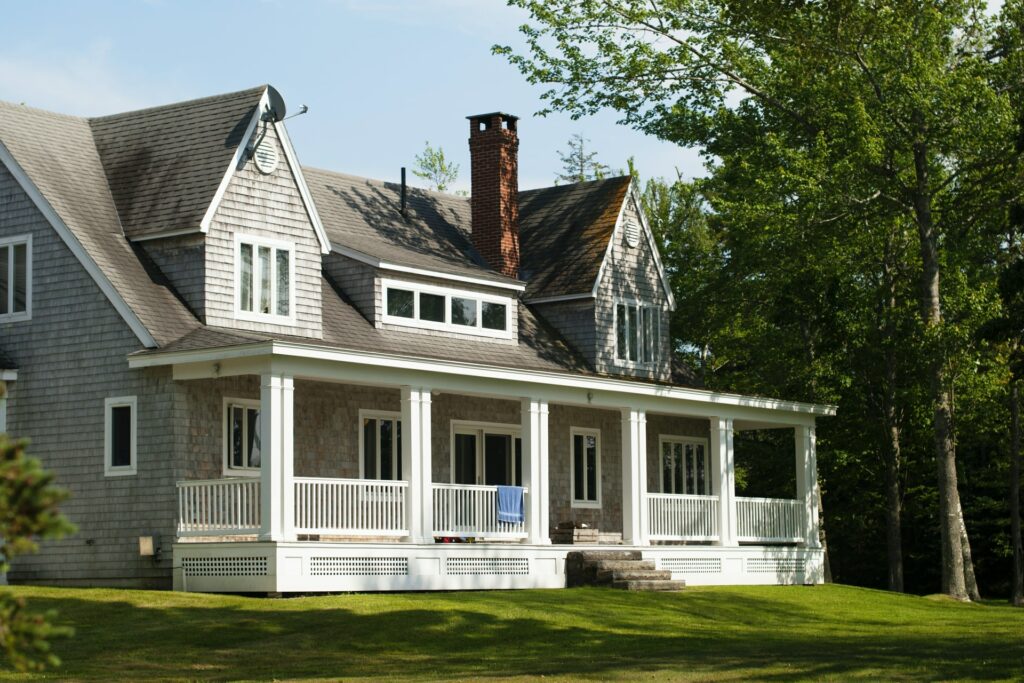
In a less competitive housing market, if you are considering buying an older home, we would advise you to immediately find out when large repairs and replacements last occurred. The roof, HVAC, wiring and plumbing are examples of major repairs that are often needed throughout the life of a home. In fact, some of these items may require an upgrade just to bring the home up to current municipal codes. With the current market favoring sellers, you may be encouraged to forego an inspection, but if you are purchasing an older home, an “informational inspection” is still a good idea. Even if you will not be requesting repairs, you should go into the purchase fully aware of what will likely need to be replaced and on what time frame. Luckily, many older homes have already gone through modernizations of these systems, but you’ll want to find out what the remaining life expectancy is on the roof and heating and air units in particular.
On the other hand, older homes were often built with much better craftsmanship than newer construction, so some elements will last longer than you can expect with a new build. Also, new homes do settle – cracks may appear in the foundation, walls and around door frames. Builders usually include warranties to deal with these issues, buy you’ll still need to coordinate the scheduling and management of the repairs. An older home has usually already settled, so any cracks will either be visible or will have already been repaired.
The Great Outdoors

One of the clearest advantages to purchasing an older home in an established neighborhood is that they normally come with mature trees and bushes already in place. New home developers often clear cut an area before building, and then plant ornamental trees, but it will take several years before this vegetation can create shade and privacy, and develop into an inviting outdoor space. Many new home buyers are fine without large, tree-filled lots however. Being surrounded by a surplus of trees increases the chance that one could fall on your home in a storm, or just make a mess in your yard that you will need to clean up.
Your lot will likely be larger if you purchase an older home, even if it is located within a planned development. Again, this is a matter of preference. Some people prefer a bit more space between themselves and their neighbors, whether for privacy or simply to give their home a little more peace and quiet. Smaller lots make for much less maintenance, from less time and money spent on a lawn service or mowing your lawn yourself, to less need to trim back ornamental hedges and bushes.
Whether or not you have children and pets could be the main factor in your decision. A large backyard with room for sports practice, a playset, and exercising an active dog is sometimes non-negotiable, and older homes are more likely to provide this. If you simply need these advantages nearby, many newly constructed neighborhoods offer common areas that include playgrounds, dog parks and sports practice fields.
Personal Taste
While there are many differences between older and newer homes, all that matters is you make the choice that fits your preferences and needs. When you are making your of must-haves and must-avoids in a home and neighborhood, you’ll like begin to see a trend that will point you in the direction of either a newly constructed home with all of the latest in technology and modern amenities, or you’ll see the value in an older home. Compromises are often necessary, especially in today’s market, but luckily there are many ways to take any house and turn it into your dream home.

